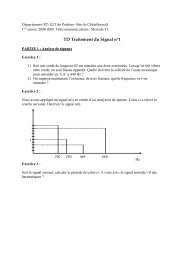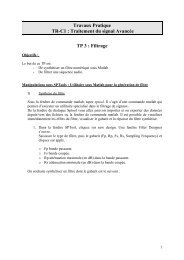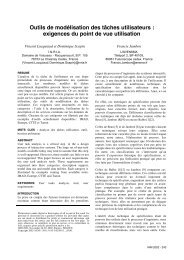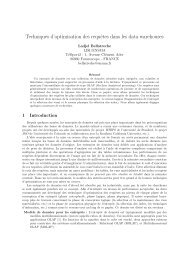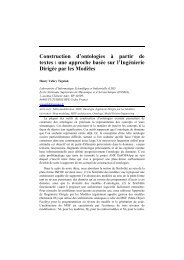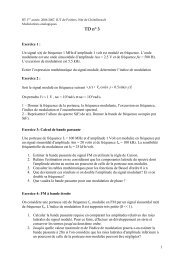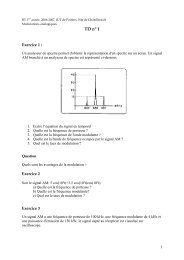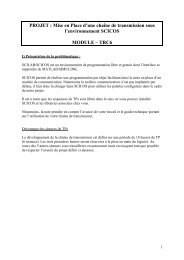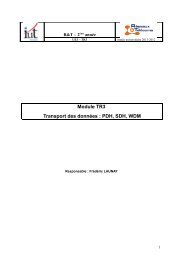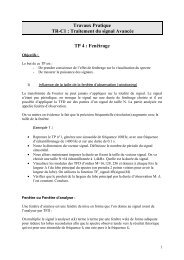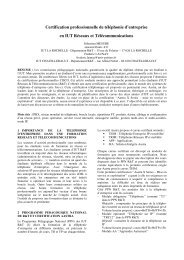Recursive subspace identification for in-flight modal ... - ResearchGate
Recursive subspace identification for in-flight modal ... - ResearchGate
Recursive subspace identification for in-flight modal ... - ResearchGate
You also want an ePaper? Increase the reach of your titles
YUMPU automatically turns print PDFs into web optimized ePapers that Google loves.
FLITE EUREKA 2 1573<br />
Figure 5: The estimated frequencies (top) and damp<strong>in</strong>g ratios (bottom) when the order of the model (n = 6) is larger<br />
than the true system order (n = 4). The yellow dashed l<strong>in</strong>es represent the correct values, the black dots the results<br />
obta<strong>in</strong>ed with RPM2, the magenta plus signs show the results of EIVPM.<br />
The PO MOESP scheme is used <strong>in</strong> the RPM2 algorithm and the <strong>in</strong>strumental variable <strong>in</strong> EIVPM is chosen as<br />
ξ s = ( u T p,s y T p,s) T<br />
. For <strong>flight</strong> po<strong>in</strong>ts #1, #2 and #4, where 10 outputs are available, 95 data po<strong>in</strong>ts are used<br />
to <strong>in</strong>itialize the model with the non-recursive algorithm com stat, while <strong>for</strong> <strong>flight</strong> po<strong>in</strong>ts #3 and #5, with<br />
8 outputs, 79 data po<strong>in</strong>ts are used <strong>for</strong> the <strong>in</strong>itialization. At every time step the models obta<strong>in</strong>ed with the two<br />
recursive methods RPM2 and EIVPM are updated. Their results are compared to the results obta<strong>in</strong>ed with<br />
the non-recursive algorithm com stat, which estimates a new model every 32 data po<strong>in</strong>ts, i.e. once every<br />
second. It uses all available measurements up to that po<strong>in</strong>t to estimate a new model.<br />
6.2 Identification results<br />
Figure 6: The estimated frequencies (top) and damp<strong>in</strong>gs (bottom) <strong>for</strong> <strong>flight</strong> po<strong>in</strong>t #1. The black dots represent the<br />
results obta<strong>in</strong>ed with RPM2, the magenta plus signs show the results of EIVPM and the blue circles those of the nonrecursive<br />
com stat.<br />
For all five <strong>flight</strong> po<strong>in</strong>ts models were identified recursively. The <strong>modal</strong> frequencies and damp<strong>in</strong>g ratios



